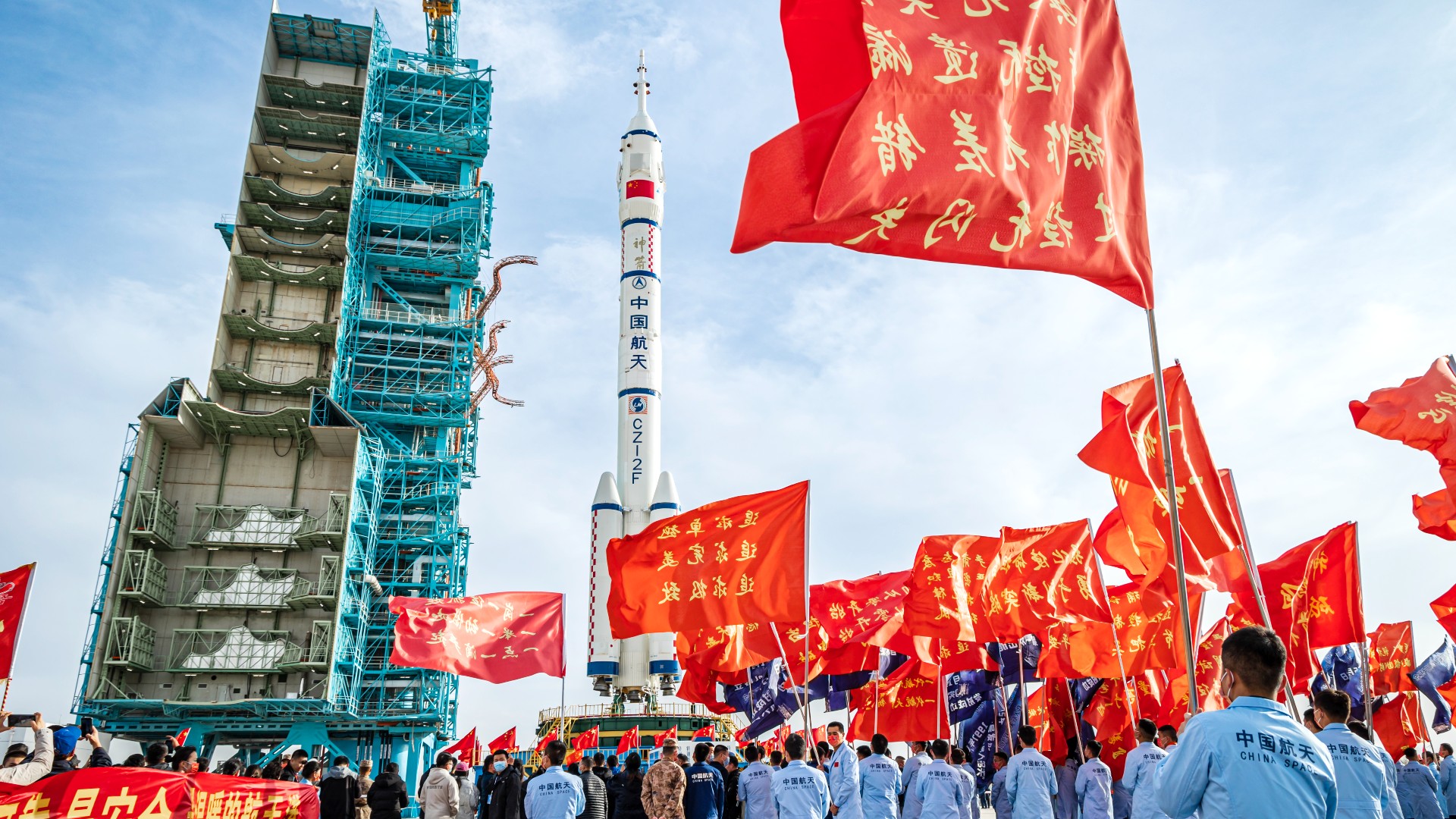China wants to launch over 200 spacecraft in 2023
Space station missions, new rockets and more than 200 spacecraft among projects for 2023.

China last year performed 64 orbital rocket launches and finished building its own space station, but the country is planning an even busier year for 2023.
China's main space contractor and Long March rocket maker, CASC, announced on Jan. 18 that it is planning more than 60 launches this year, after carrying out 54 missions throughout 2022.
China's emerging commercial launch service providers — including Expace, Galactic Energy, CAS Space, Orienspace and Space Pioneer — are also expected to add to this manifest. Commercial launchers accounted for 10 launches in 2022, including two failures.
Related: China working on new moon rover for 2026 mission to lunar south pole
Read more: The latest news about China's space program
CASC said in its "blue book" report that major missions will include the Shenzhou 16 and Shenzhou 17 crewed missions to the Tiangong space station, along with the Tianzhou 6 cargo spacecraft to support astronauts.
Altogether CASC plans to launch more than 200 spacecraft, though only a few of the planned missions are listed. Launching satellites for national civil space infrastructure, weather, a geostationary synthetic aperture radar, and three backup satellites for Beidou — China's own version of the navigation and positioning GPS system — are noted among the plans however.
The country's largest rocket, the Long March 5, will also be in action again for the first time since launching the Tianwen 1 Mars mission and Chang'e 5 lunar sample return in 2020. While most of China's launches take place inland and are not open to the public, the launch of the huge Long March 5 from the coastal Wenchang spaceport on Hainan island will attract crowds.
Get the Space.com Newsletter
Breaking space news, the latest updates on rocket launches, skywatching events and more!
CASC also stated it will be focusing on the development of the Chang'e 7 lunar spacecraft and Tianwen 2 asteroid-comet mission during 2023. It also plans to conduct a test flight of the smaller Long March 6C.
China's 64 launches last year put it second behind only the United States in launch activity in 2022. The U.S. launched 87 times, including nine launches of Rocket Lab's Electron rocket from New Zealand.
CASC says China put 217.39 tons (197.21 metric tons) of payload into orbit in 2022, while giving a figure of 809.59 tons (734.45 metric tons) for the U.S.
Follow us @Spacedotcom, or on Facebook and Instagram.
Join our Space Forums to keep talking space on the latest missions, night sky and more! And if you have a news tip, correction or comment, let us know at: community@space.com.

Andrew is a freelance space journalist with a focus on reporting on China's rapidly growing space sector. He began writing for Space.com in 2019 and writes for SpaceNews, IEEE Spectrum, National Geographic, Sky & Telescope, New Scientist and others. Andrew first caught the space bug when, as a youngster, he saw Voyager images of other worlds in our solar system for the first time. Away from space, Andrew enjoys trail running in the forests of Finland. You can follow him on Twitter @AJ_FI.
-
Hardcrunchyscience ReplyAdmin said:China last year performed 64 orbital rocket launches and finished building its own space station, but the country is planning an even busier year for 2023.
China wants to launch over 200 spacecraft in 2023 : Read more
Not a good correlation between number of launches and number of satellites, like their used to be. Nowadays, one launch with 50-100 smallsats is old hat, and most of those satellites are not very important on any level. So you can launch 200 cubesats that do almost nothing on several launches and it looks good. Old days, there were few launches with more than 1 satellite (and only a couple more for multiples) and each satellite was almost always quite important and useful.









